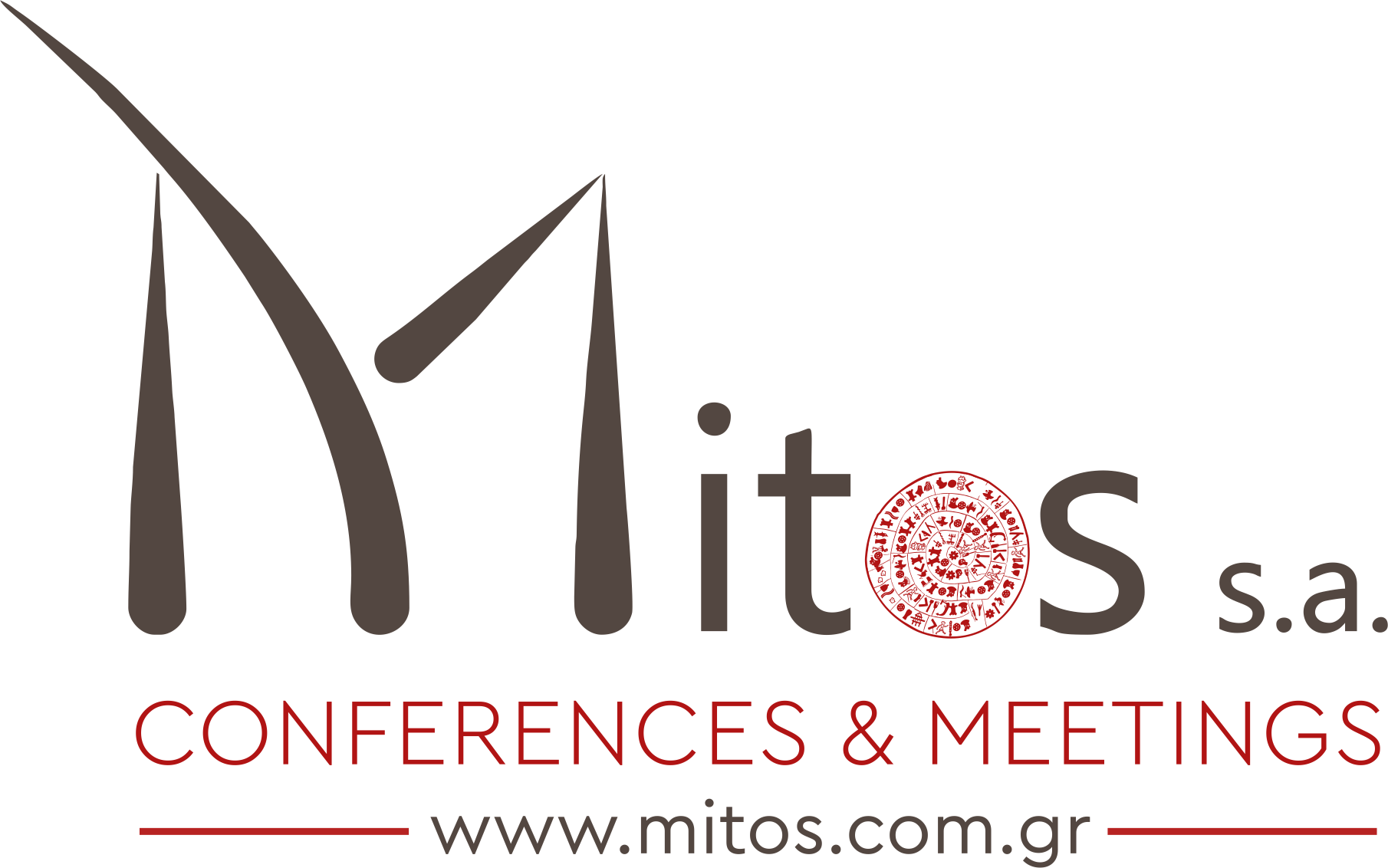PROGRAM
EuroSOI-ULIS 2024 poster session
Program
Registration learn more
Opening learn more
Session 1 learn more
From 3D devices to 3D stacking, next challenges and perspectives
Presenter: Thomas Ernst
|
Presenter:
Sorin Cristoloveanu (SOITEC)
Authors:
Sorin Cristoloveanu
|
|
Presenter:
Marcelo Pavanello (Centro Universitario FEI)
Authors:
Flavio Bergamaschi, Jefferson Matos, Jaime Rodrigues, Giovanni Matos, Sylvain Barraud, Mikaël Cassé, Olivier Faynot, Marcelo Pavanello
|
Session 2 learn more
Poster Session learn more
Session 3 learn more
Unconventional Computing with Novel Materials: Promises and Challenges
Presenter: Georgios Ch. Sirakoulis
Registration learn more
Session 4 learn more
Session 5 learn more
Session 6 learn more
Brain-inspired In-memory Computing using Ferroelectric Transistors
Presenter: Hussam Amrouch
|
Presenter:
Bogdan Cretu (Normandie Univ, ENSICAEN, UNICAEN, CNRS, GREYC, Caen, 14000, France)
Authors:
Bogdan Cretu , Abderrahim Tahiat, Anabela Veloso, Eddy Simoen
|
|
Presenter:
Joao Martino (University of Sao Paulo)
Authors:
Carlos Augusto Bergfeld Mori, Pedro Henrique Duarte, Ricardo Cardoso Rangel, Paula Agopian, Joao Martino
|
|
Presenter:
Antoine Lombrez (Univ. Grenoble Alpes, CNRS, CEA/LETI-Minatec, Grenoble INP, LTM, Grenoble 38054 France)
Authors:
Antoine Lombrez, Alexis Divay, Hervé Boutry, Léo Colas, Nicolas Coudurier, Stéphane Altazin, Thierry Baron
|
Session 7 learn more
Spintronic logic gates and circuits
Presenter: Florin Ciubotaru
|
Presenter:
Alexandros Mavropoulis (Institute of Nanoscience and Nanotechnology, NCSR “Demokritos”)
Authors:
Alexandros Mavropoulis, Nikolaos Vasileiadis, Pascal Normand, Christoforos Theodorou, Georgios Ch. Sirakoulis, Sungjun Kim, Dimitrakis Panagiotis
|
|
Presenter:
John Robertson (Cambridge University)
Authors:
John Robertson
|
|
Presenter:
Yiyi Yan (Université catholique de Louvain)
Authors:
Yiyi Yan, Martin Rack, Martin Vanbrabant, Massinissa Nabet, Andreas Goebel, Paul Clifton, Jean-Pierre Raskin
|
|
Presenter:
Talha Chohan (GlobalFoundries Dresden, Germany)
Authors:
Talha Chohan, Zhixing Zhao, Luca Pirro, Loren Dombroske, Jacob Ong, Olaf Zimmerhackl, Steffen Lehmann, David Pritchard, Tao Xue, Jan Hoentschel
|
Session 8 learn more
Session 9 learn more
|
Presenter:
Bruno Canales (LSI/PSI/USP, University of Sao Paulo, Sao Paulo, Brazil)
Authors:
Bruno Canales, Bruno Sanches, Joao Martino, Eddy Simoen, Uthayasankaran Peralagu, Bertrand Parvais, Nadine Collaert, Paula Agopian
|
|
Presenter:
Nils Petter Jørstad (Institute for Microelectronics, TU Wien)
Authors:
Nils Petter Jørstad, Wolfgang Goes, Siegfried Selberherr, Viktor Sverdlov
|
|
Presenter:
Nicolas Roisin (UCLouvain)
Authors:
Nicolas Roisin, Loïc Lahaye, Jean-Pierre Raskin, Denis Flandre
|
|
Presenter:
Carlos Marquez Gonzalez (CITIC, University of Granada)
Authors:
Francisco Lorenzo, Jose Carlos Galdon, Ruben Ortega Lopez, Manuel Caño-Garcia, Luca Donetti, Carlos Navarro Moral, Francisco Gamiz Perez
|
|
Presenter:
Ryusei Ri (Kanazawa Institute of Technology)
Authors:
Ryusei Ri, Takayuki MORI, Hiroshi OKA, Takahiro MORI, Jiro IDA
|
|
Presenter:
Mario Bendra (TU Vienna)
Authors:
Mario Bendra, Johannes Ender, Roberto L. de Orio, Siegfried Selberherr, Wolfgang Goes, Viktor Sverdlov
|
|
Presenter:
Alfonso Sanchez-Soares (EOLAS Designs)
Authors:
Alfonso Sanchez-Soares, Thomas Kelly, Sheng-Kai Su, Edward Chen, James Greer, Giorgos Fagas
|
|
Presenter:
Ruyue Cao (University of Cambridge)
Authors:
Ruyue Cao, zhaofu zhang, Yuzheng Guo, John Robertson
|

.png)
